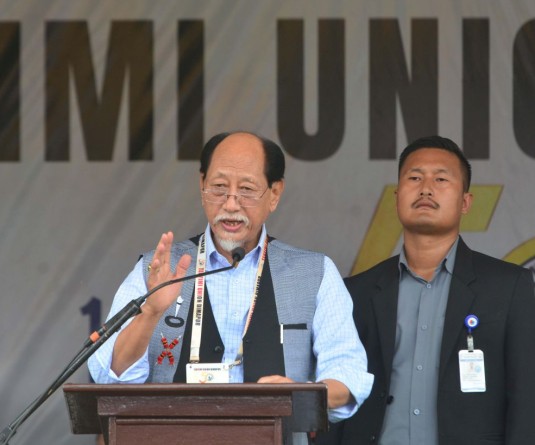
Limeka Achumi
Dimapur | December 28
Clearing the air of uncertainty that the print media is on a gradual decline among young adults, an independent survey demonstrates that the newspaper is still the preferred medium when it comes to “verified news”. However, the survey also establishes that a growing number of young adults are most active with digital media, above average of newspapers.
The predicted “extinction” of newspapers in the face of the internet's explosive growth has been a widely debated topic for the past years.
From carving on stones to handwritten to print, the newspaper since 59 BC has shown an evolution in its presentation, with the latest being online papers. The idea, that the news retains, while its carrier takes on various forms, each developing, to adapt to their own generation of readers.
“More than half of the respondents agree that internet has made newspapers less important” – an interpretation from the data collected for a survey on newspaper readership among the Dimapur youth indicates.
Here are a few findings from the mentioned survey, responded to by 50 students and working youths, assisting as advocates—majority of the respondents prefer applications and websites that provide news over the traditional print media by a percentage of 54, while 70% of the respondents opt for newspapers over social media for information because of its “credibility”. However, an average percentage of people agree that only the medium is changing from print to electronic.
Credibility and legitimacy, the survey indicated, are issues that deter reliance on others sources of information. Many respondents to the survey cited the concern that most of the information forwarded through social media applications cannot be completely trusted. From the said survey, more than half of the respondents chose newspapers over the social media apps based on the above scepticism.
This may also be due to the fact that in any social media the contents of its page are under the domain of a ‘private space’ while on the contrary, newspapers are a ‘public space’ where a sense of responsibility is shouldered.
However, half of the respondents did prefer reading news from its electronic medium to the print media. This preference is driven by the advantages of receiving updates 24/7. 66% of the respondents agreed with the view that the print medium these days is driven by advertisements. It is however pertinent to note that for many newspapers, advertisements still remain the only major source of revenue to keep their publications running.
The survey targeting people in the age groups of 15 years to 30 years were also asked to rate topics featured on newspapers in line with their importance/relevance to them. The ratings were from a scale of extremely important to unimportant.
A majority of the respondents (46%) rated education/career articles as an extremely important feature. There were 34% of the respondents favouring political news and a whopping 62% rated the unimportance of celebrity gossip.
32% saw editorials as very important while 34% of the respondents viewed international news columns as very important in the rating scale. The survey found that 32 % of the found articles on women as being an extremely important slice of the paper. Meanwhile 52% found stock market updates as less important and 40% saw business and corporate news in the same light.
According to the survey, ‘Spiritual Columns’ were in demand amongst the millennial generation, with 44% voting it as an important element in the daily paper. On the other hand, only 24% of the young respondents found weather forecasts as an extremely important feature.
The survey showed that while there has been a gradual shift in readership trends from traditional print media to the digital forum with its instant and user-friendly updates, newspapers still remain a bastion of credibility in the age of ‘fake news.
The writer is currently an intern in The Morung Express.





